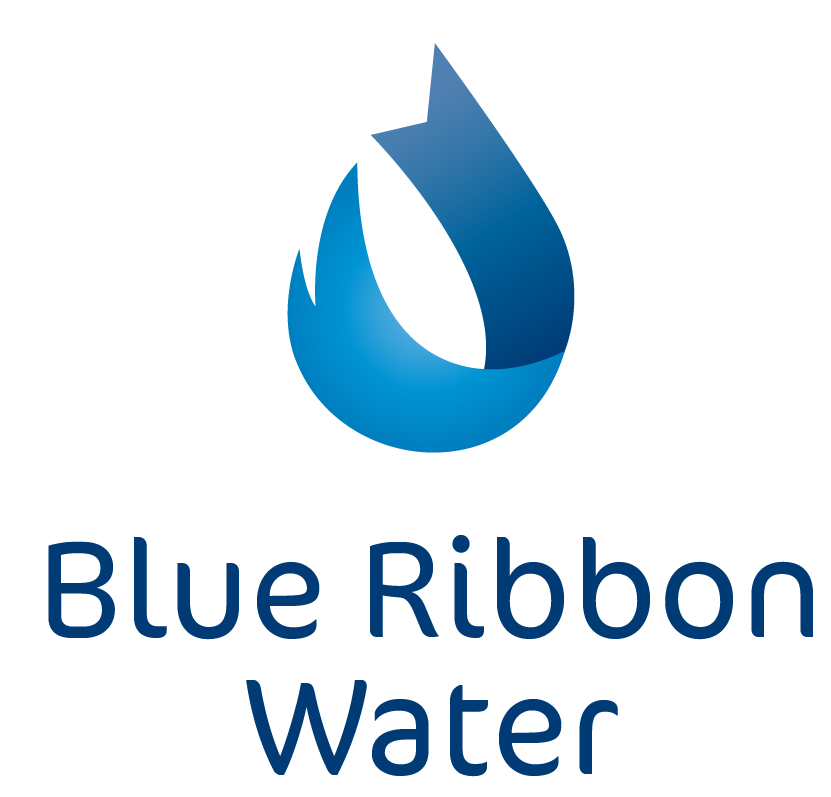What Our Filters Address
Activated Carbon made from Coconut Shells
Coconut shell carbon is an extremely versatile water purification medium. It is organic and a highly renewable resource.
A single pound of granular activated carbon has a filtering surface area equivalent to 125 acres! When arranged in solid carbon or extruded carbon block format, it also provides very high quality particulate filtration, in some cases down into the sub-micron level.
What Activated Carbon Block Filters Remove:
1.Chlorine and chloramines: Chlorine is not considered a contaminant by the EPA., yet chlorine is a harsh chemical by all standards. Chlorine and chloramines when added to water as disinfectants not only give water an unpleasant taste and odor, but they also produce byproducts that are regulated by the EPA. A strange dichotomy. Chlorine removal is what carbon is best at, and nothing else equals carbon's ability to remove chlorine.
2. Disinfectant byproducts: Trihalomethanes (THMs), Haloacidic Acids (HAA-5) organic contaminants like chlorinated solvents. See above.
3. Volatile organic compounds (VOCs): Organic chemicals that can be harmful to human health. Examples of VOCs include benzene, toluene, and trichloroethylene, industrial pollutants, and select heavy metals such as lead and mercury.
4. Pesticides and herbicides: The EPA's Pesticides category lists 14 familiar poisons such as Aldicarb, Chlordane, Heptachlor, and Lindane, and 12 Herbicides listed (2,4-D, Atrazine, etc.) Activated carbon can remove certain pesticides and herbicides that may be present in drinking water. For Organics, Pesticides, and Herbicides, the standard treatment, and in most cases the only treatment recommended, is activated carbon. Carbon is mentioned as a treatment for only one of the four Microbiological contaminants listed: turbidity.
5. Industrial chemicals, lead and mercury: Activated carbon can remove a variety of industrial chemicals, including solvents, detergents, and petroleum products. The EPA lists 32 very nasty chemicals like benzene, 1,1 dichlorethylene, carbon tetrachloride, dioxin, styrene, toluene, chloroform, and vinyl chloride, all of which can be absorbed by activated carbon. Activated carbon also appears in the EPA list as a preferred treatment only for mercury and carbon block filters can be engineered to remove lead.
6. PFOA/PFAS: GAC has been shown to effectively remove certain PFAS from drinking water when it is used in a flow-through filter mode after particulates have already been removed. GAC works well on longer-chain PFAS like PFOA and PFOS, but shorter chain PFAS like Perfluorobutanesulfonic acid (PFBS) and Perfluorobutyrate (PFBA) do not adsorb as well.
7. Certain bacteria: Carbon Blocks of ½ micron market remove bacteria (though manufacturers seldom make this claim) and cysts like giardia and cryptosporidium quite handily. Cryptosporidium organisms are about ten times too fat to go through the holes.
Condensed from an article on Carbon Filtration by Gene Franks of Pure Water Products, Denton, TX , and EPA documents.
About the filters we use
The filters we have selected for municipal water in our area are manufactured using FDA approved materials, mostly NSF 61 Certified Coconut Shell carbon.
Coupled with a unique binder system, these carbon block filters deliver a product with superior adsorption capacity and kinetic dynamics. They are manufactured to strict tolerances in the USA into an extruded carbon block format, providing very high-quality particulate filtration, down into the 3 micron level. We also have a 0.5 micron carbon block that can absorb lead, PFAS, giardia and other bacteria.
Let’s talk about Chlorine
By Law, all municipalities disinfect drinking water before it is distributed to our homes.
Disinfectant byproducts (DBPs) can be harmful to humans.
DBPs are formed when disinfectants, such as chlorine, react with organic matter in the water, and can include compounds such as trihalomethanes (THMs) and haloacetic acids (HAAs). Exposure to high levels of DBPs over a long period of time has been linked to various health problems, including an increased risk of cancer, reproductive problems, and developmental issues in infants.
Research has shown that certain types of DBPs, such as bromate, chlorite, and chlorate, can be particularly harmful. For example, high levels of bromate have been linked to an increased risk of cancer, while chlorite and chlorate can cause anemia and other health problems in infants.
It's important to note that the levels of DBPs in municipal tap water are typically well below the legal limits established by the U.S. Environmental Protection Agency (EPA) to protect public health. However, individuals who are concerned about DBP exposure may wish to take steps to reduce their exposure, such as using a water filter that is certified to remove DBPs.
Haloacetic acids (HAAs)- HAAs are commonly found in drinking water supplies that have been treated with chlorine or other disinfectants. HAAs are formed when chlorine and other disinfectants react with naturally occurring organic matter in the water such as humic and fulvic acids, decaying vegetation and other organics that are found in water. The reaction produces a variety of intermediate compounds, which can then react further to form the final HAA compounds.
There are several different types of HAAs, including monochloroacetic acid, dichloroacetic acid, trichloroacetic acid, monobromoacetic acid, and dibromoacetic acid. The exact types and concentrations of HAAs found in water depend on a variety of factors, including the source of the water, the level of organic matter present, and the type and concentration of disinfectant used.
HAAs are a concern because they have been linked to a variety of health problems, including an increased risk of cancer. The U.S. Environmental Protection Agency (EPA) has established a maximum contaminant level (MCL) for HAAs in drinking water of 60 micrograms per liter (µg/L) to help protect public health.
"Total Trihalomethanes", a category made up of still uncounted chemicals, assumed to number in the thousands, that are formed when water containing organic matter (i. e., virtually all water) is treated with chlorine. The maximum allowable level for trihalomethanes, which are suspected cancer causers and are present in virtually all chlorinated tap water, is only 1/10 of one part per million.



